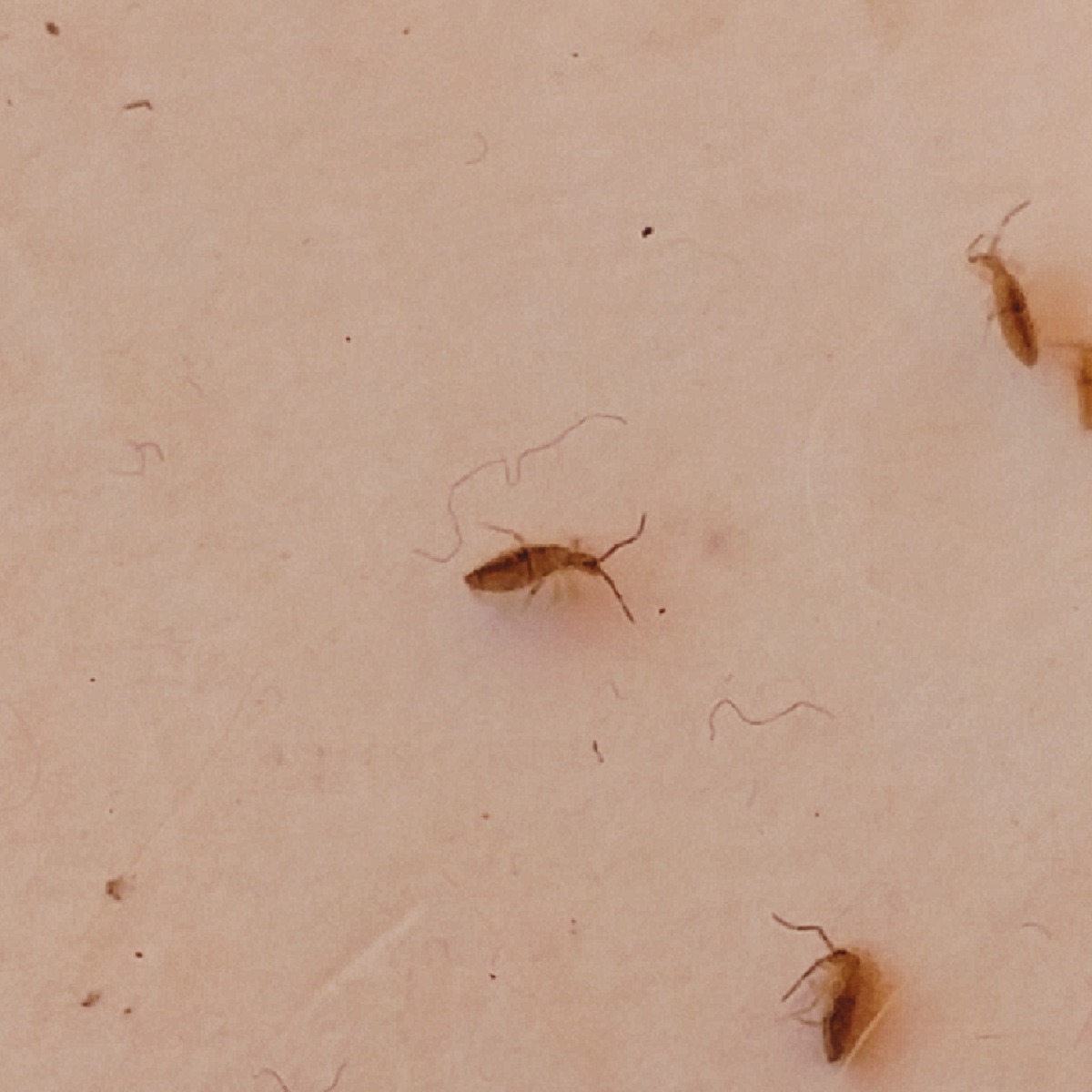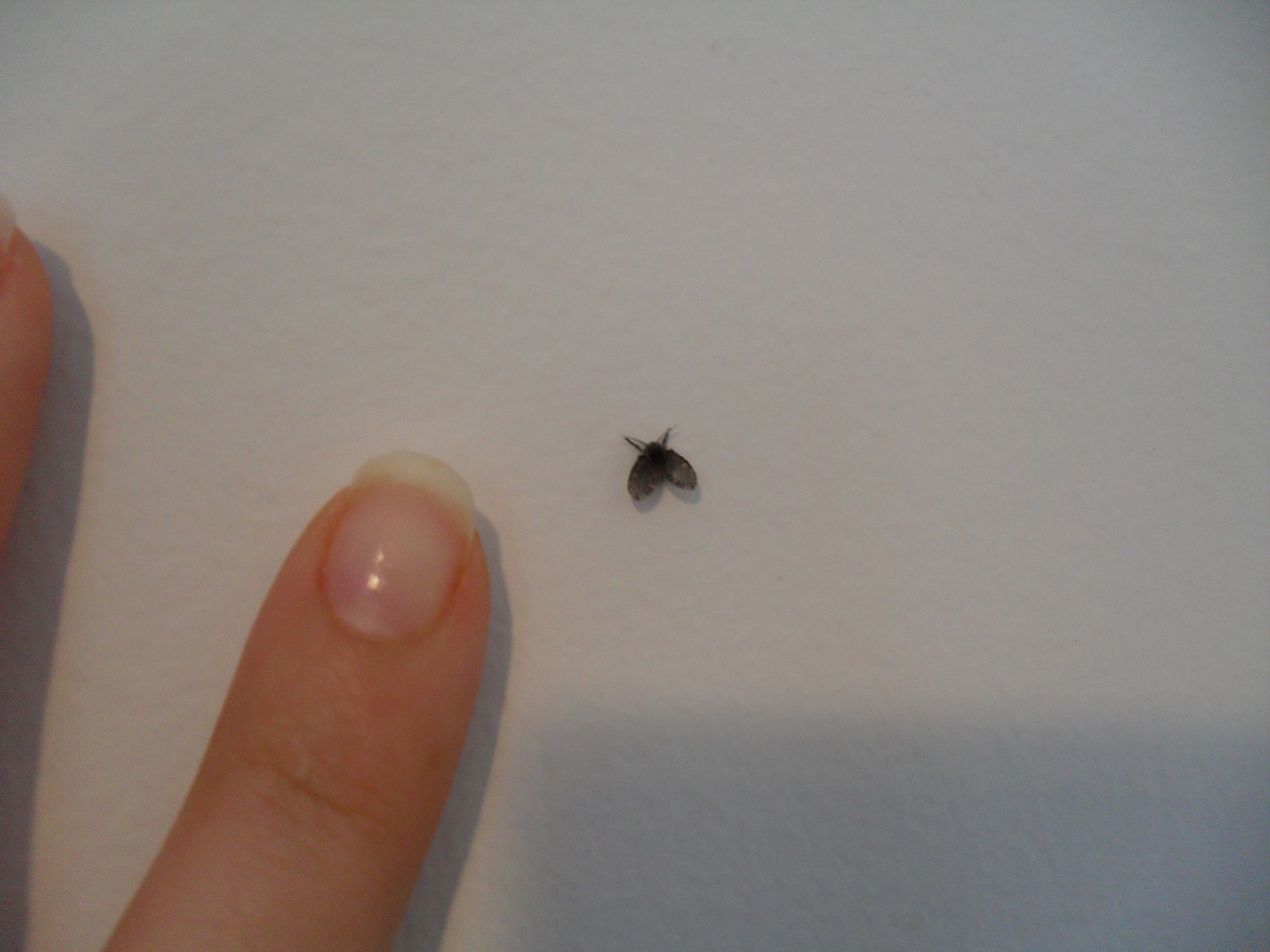Identifying the Little Brown Flying Bugs: Little Brown Flying Bugs In Bathroom

Those tiny brown bugs buzzing around your bathroom can be a real nuisance, right? They’re annoying, and you might even wonder if they’re carrying diseases. But before you start panicking, let’s figure out what kind of bug we’re dealing with. There are a few common culprits that might be responsible for your bathroom bug invasion.
Identifying Potential Bug Types
Knowing the characteristics of the little brown flying bugs can help you determine what type of bug you’re dealing with. Let’s look at some common suspects:
- Fruit Flies: These tiny bugs are usually 1/8 inch long, with reddish-brown eyes and yellowish-brown bodies. Their wings are clear and their antennae are short. They’re attracted to overripe fruit, fermenting liquids, and garbage.
- Fungus Gnats: These bugs are similar in size to fruit flies, but they have long, thin legs and antennae. They’re typically dark gray or black and their wings are clear. Fungus gnats are attracted to damp, decaying organic matter, such as soil and compost.
- Drain Flies: These bugs are slightly larger than fruit flies, with dark gray or black bodies and fuzzy wings. Their antennae are short and their legs are long. They’re often found around drains, especially those that are poorly maintained or have standing water.
- Moths: While moths can come in various colors and sizes, some smaller moths might appear brown and fly around your bathroom. These moths are often attracted to light and might be seeking out food sources, like stored grains or fabrics.
Comparing Bug Characteristics
Here’s a table summarizing the characteristics of these potential bug types:
| Bug Type | Size | Color | Wing Shape | Antennae | Distinctive Markings |
|---|---|---|---|---|---|
| Fruit Fly | 1/8 inch | Reddish-brown eyes, yellowish-brown body | Clear | Short | None |
| Fungus Gnat | 1/8 inch | Dark gray or black | Clear | Long, thin | None |
| Drain Fly | Slightly larger than fruit fly | Dark gray or black | Fuzzy | Short | None |
| Moth | Variable | Variable, some brown | Variable | Variable | Variable |
Understanding the Cause of Infestation

The appearance of little brown flying bugs in your bathroom can be a cause for concern, but understanding the root cause of the infestation is crucial for effective control. These tiny critters are often attracted to specific conditions, making your bathroom a prime target.
Moisture and Food Sources
Moisture is a key factor in attracting these bugs. Bathrooms are naturally humid environments, with showers, sinks, and tubs creating condensation and dampness. These conditions create ideal breeding grounds for many species of insects, particularly those that feed on decaying organic matter.
- Drain Flies: These small, dark-colored flies are attracted to moisture and organic matter found in drains. They thrive in damp, poorly ventilated areas, laying their eggs in drain traps and other areas where organic matter accumulates.
- Fruit Flies: While often associated with kitchens, fruit flies can also find their way into bathrooms, especially if there are overripe fruits or vegetables left out. They are attracted to decaying organic matter, making your bathroom trash can a potential breeding ground.
- Fungus Gnats: These small, black flies are attracted to moist soil, making potted plants a potential source of infestation. They feed on fungi and decaying matter, thriving in damp environments.
Poor Ventilation
Poor ventilation allows moisture to build up, creating a favorable environment for these insects.
- Lack of Exhaust Fan: A bathroom without an exhaust fan or one that is not used regularly can lead to excessive humidity, making the space more attractive to moisture-loving bugs.
- Blocked Ventilation: If your bathroom vent is blocked by debris or dust, it cannot effectively remove moisture, contributing to the problem.
Other Factors
- Open Windows and Doors: Leaving windows and doors open can allow insects to enter your bathroom, especially if there are other infestations in your home or yard.
- Cracks and Gaps: Small cracks and gaps in your bathroom walls, floors, and around plumbing fixtures can provide entry points for insects.
Effective Solutions for Elimination

Okay, so you’ve identified those pesky little brown flying bugs in your bathroom and understand why they’re there. Now it’s time to get rid of them! There are a few different ways to tackle this, and the best method depends on your comfort level with chemicals, your time constraints, and the severity of the infestation.
Natural Remedies
Using natural remedies can be a good option if you’re looking for a less toxic approach to eliminating the bugs. These methods are generally safe for pets and children, but they might not be as effective as chemical solutions, especially for severe infestations.
- Essential Oils: Certain essential oils like peppermint, tea tree, and eucalyptus have insect-repelling properties. You can mix a few drops of your chosen oil with water and spray it around the bathroom, focusing on areas where the bugs are most active. However, remember that essential oils can be irritating to some people, so it’s best to test a small area first.
- Vinegar: White vinegar is a natural disinfectant and can help to deter bugs. Spraying a vinegar solution (mixed with water) around the bathroom can help to eliminate the bugs and create an unfavorable environment for them. You can also use vinegar to clean surfaces and remove any bug residue.
- Diatomaceous Earth: This natural powder is made from fossilized algae and works by absorbing the moisture from the bugs’ exoskeletons, causing them to dehydrate and die. Sprinkle diatomaceous earth around the bathroom, especially in areas where the bugs are most active. Be careful not to inhale the powder, as it can irritate the lungs.
Chemical Solutions, Little brown flying bugs in bathroom
If natural remedies aren’t cutting it, you might need to turn to chemical solutions. These can be more effective, but they also pose a greater risk to pets, children, and the environment.
- Insecticide Sprays: Insecticide sprays are designed to kill insects quickly and effectively. However, they can also be harmful to humans and pets if not used properly. Always follow the instructions on the label carefully and wear protective gear like gloves and a mask when applying the spray. Avoid spraying near food or water sources.
- Bug Traps: Bug traps are a less toxic option that can help to control the population of bugs. They work by attracting the bugs into a sticky trap or using a bait that kills them. Some traps are specifically designed for flying insects, and they can be placed in areas where the bugs are most active.
DIY Bug Trap
You can easily make your own bug trap using common household items:
1. Find a container: A plastic container with a lid is ideal, but a glass jar or bowl will also work.
2. Add bait: The bugs are attracted to sweet things, so use a mixture of sugar and water, or try fruit juice or honey.
3. Create an entry point: Cut a small hole in the lid of the container and place a funnel over the hole, with the narrow end facing inside. This will allow the bugs to enter but not escape.
4. Place the trap: Place the trap near areas where the bugs are active, and check it regularly to empty and refill it as needed.